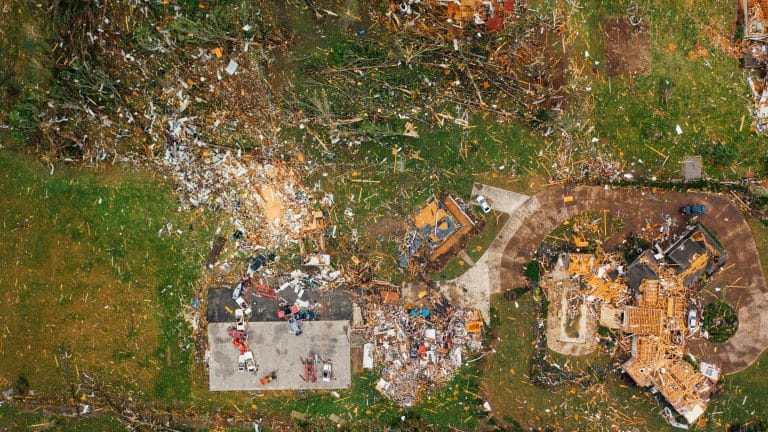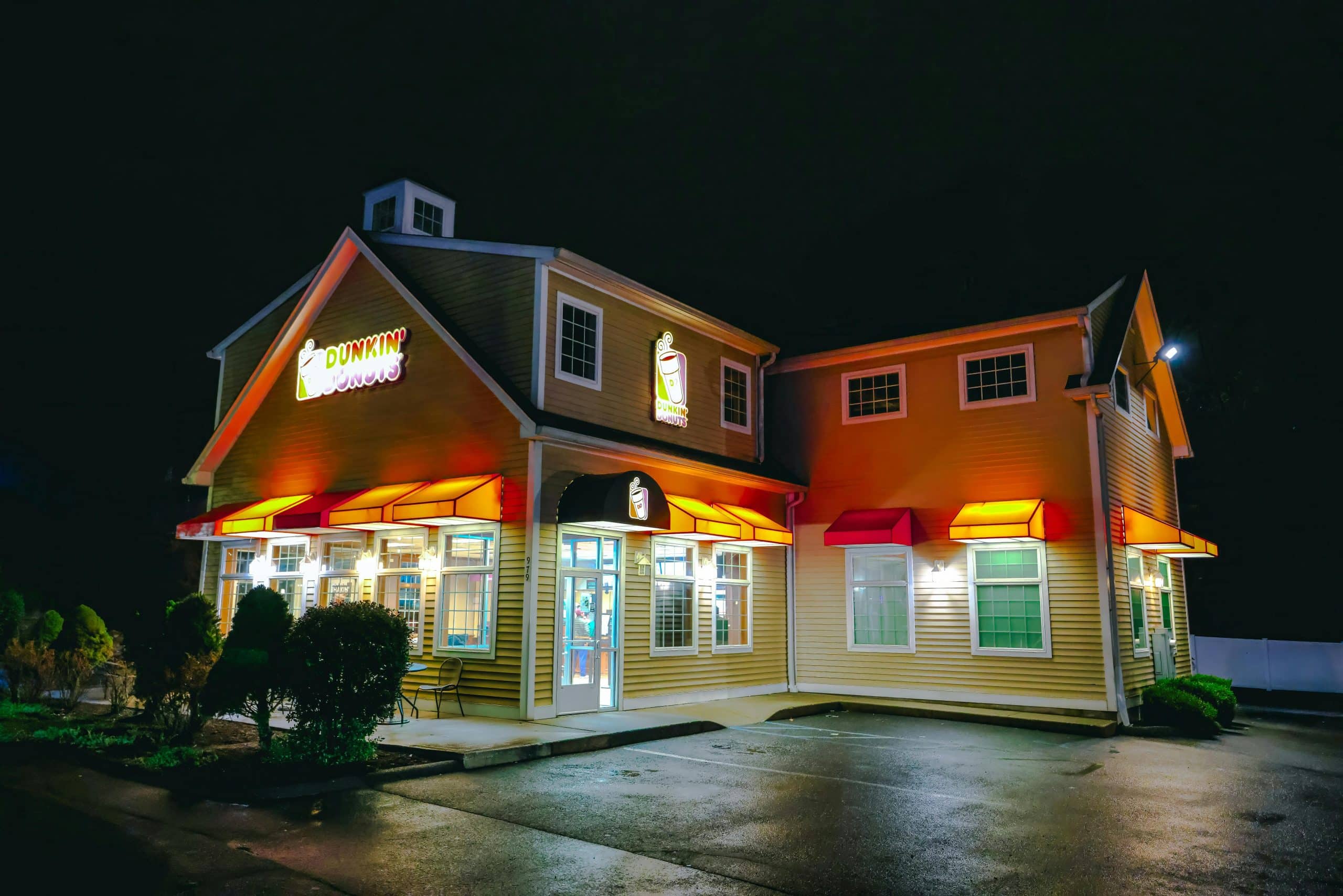Recently, weather conditions around the United States have been dire. Dramatic meteorological events have occurred throughout the country. Dust storms, tornadoes, wildfires, and “wintry mix” precipitation combinations have all created precarious situations. These meteorological events have left difficulties and devastation in their wake.
Dangerous weather appears to be set to continue to flow in patterns through the United States. Thunderstorms, combined with flooding and tornadoes, are potentially imminent. In addition, this weekend, there may be more examples of intense weather conditions that could create difficulties. These conditions may continue to cause consternation throughout the upcoming week as intense weather patterns travel across the country.
Recent Intense Weather Events
The Oklahoma Department of Emergency Management reported that hundreds of homes were destroyed in wildfires. “Wintry mix” weather conditions created precarious road conditions in Michigan and knocked down trees. Around 200,000 Michigan residents were reported to be without electrical power because of an ice storm. These are examples of a recent meteorological trend wherein dramatic weather patterns have appeared in multiple states. As seen in these examples, such dramatic patterns can bring havoc and damage.
The Associated Press describes this meteorological trend as particularly “vicious and damaging weather across multiple U.S. states” that has “spawned violent tornadoes, blinding dust storms” along with “fast-moving wildfires.” These events caused hardships and devastation. For example, The Associated Press reports that Hailey Hart and Steve Romero, a couple living in Mississippi, “hunkered down with their three huskies inside a 1994 Toyota Celica as a tornado ripped apart their home.” Steve Romero described the event as “a bad dream come true.”
Some of these meteorological events have even led to fatalities. For instance, dust storms have led to automobile-related deaths. The Associated Press reports that the highway patrol in Kansas reported eight deaths that occurred “in a Kansas highway pileup involving at least 50 vehicles.” In addition, according to The Associated Press, it was reported that “three people were also killed in car crashes during a dust storm in Amarillo, in the Texas Panhandle.”
Possible Upcoming Weather Events
At the moment, there could be an imminent threat in the United States of thunderstorms that could lead to complications involving flooding and tornadoes. PBS News states, “Forecasters are warning of potentially deadly flash flooding and strong tornadoes as more rounds of thunderstorms are poised to strike parts of the Midwest and South.” Some places that could face intense conditions include Detroit, Chicago, Milwaukee, St. Louis, and Indianapolis. Memphis and Nashville could also be at risk for dire weather.
Around the country, thunderstorms and heavy rain could lead to problems. PBS News reports that thunderstorms are predicted for “parts of Texas, the lower Mississippi Valley” as well as “the Ohio Valley beginning at midweek and lasting through Saturday.” In addition, PBS News continues, there are warnings that “the storms could track over the same areas repeatedly and produce heavy rains and dangerous flash floods capable of sweeping cars away.” This warning presents one potential problem that such weather could lead to.
Protection from Intense Weather Events
One particular worry concerns the New Madrid Seismic Zone, where a large amount of rain is potentially set to fall. In this area, according to PBS News, “researchers constantly monitor earthquake activity in the nation’s most active area for earthquakes east of the Rocky Mountains.” Researchers in the New Madrid Seismic Zone are on the alert to ensure protection from possible flooding from intense rain.
The National Weather Service provides guidelines about thunderstorm safety and tornado safety. The National Weather Service states that thunderstorms are not typically long in duration. Thunderstorm safety precautions the National Weather Service recommends include staying “inside a sturdy building or shelter” and “away from windows.” In case of a tornado, the National Weather Service has this advice: “If a tornado is spotted, act quickly and move to the lowest basement of your shelter, putting as many walls between yourself and the outside as possible.”








